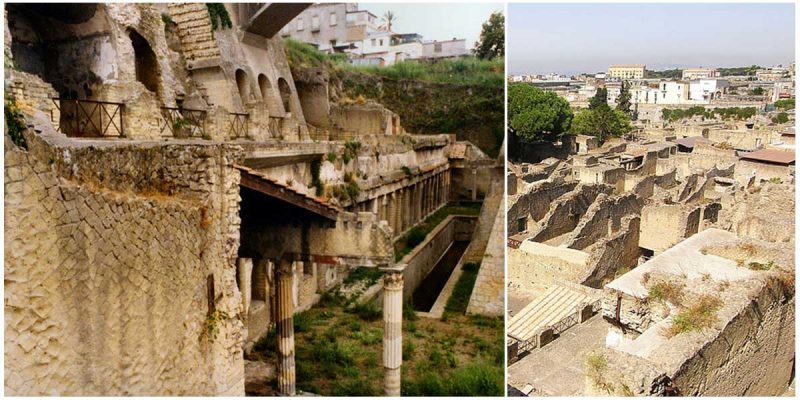Herculaneum was an ancient Roman town of 4,000-5,000 inhabitants, and is located in Italy. It lay 5 miles southeast of Naples in the shadow of Mount Vesuvius, and was destroyed by volcanic pyroclastic flows in 79 AD together with Pompeii, Torre Annunziata, and Stabiae. Its ruins are located in the commune of Ercolano, Campania.
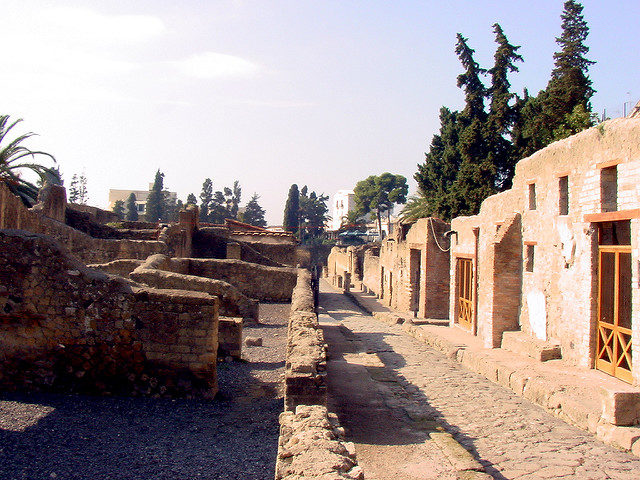
It was submerged in a 16m-thick sea of mud that essentially fossilized the city. Unlike at Pompeii, the deep pyroclastic material which covered it preserved wooden and other organic-based objects, such as doors, roofs, and beds.
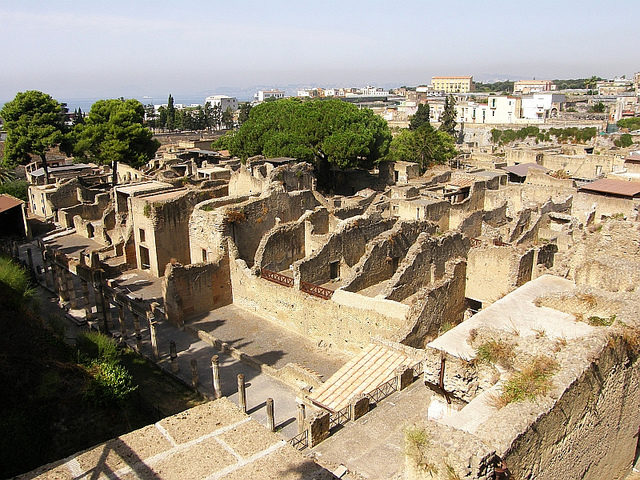
Recently, archaeologists discovered 300 skeletons near the shoreline; the remains of a crowd that had fled to the beach only to succumb to the terrible heat of the ash clouds surging down from Vesuvius. It was thought until then that the town had been evacuated by its inhabitants.
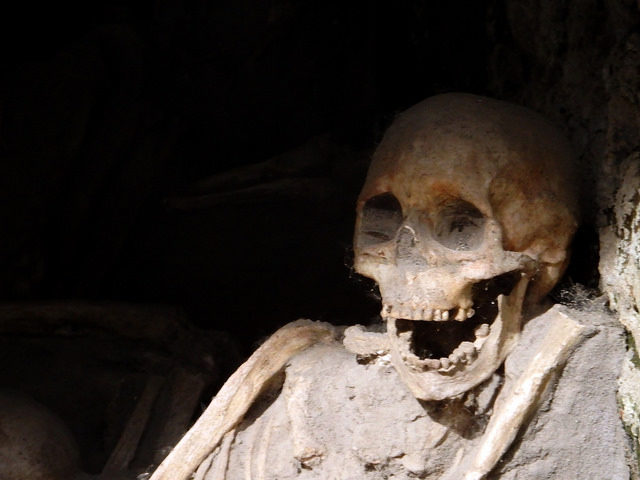
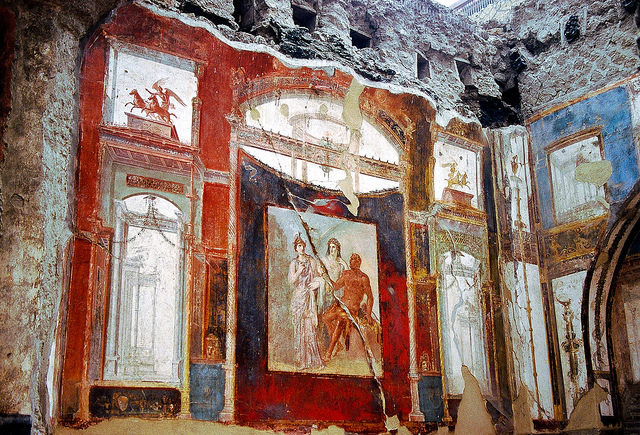
Herculaneum was originally discovered when a well was being dug in 1709 to a depth of 50-60 feet below the modern surface. By 1927, serious archeological work had begun, although with much of the ancient site buried beneath modern Ercolano it’s slow going.
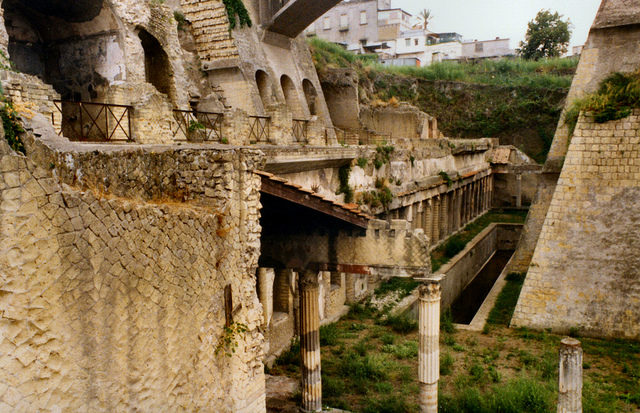
According to tradition, the name of the city was connected with the name of the Greek Herakles, known as Hercules in Roman mythology, an indication that the city was of Greek origin. It is believed that one of the first settlements at the site of what would become Herculaneum was founded by the forefathers of the Samnite tribes.
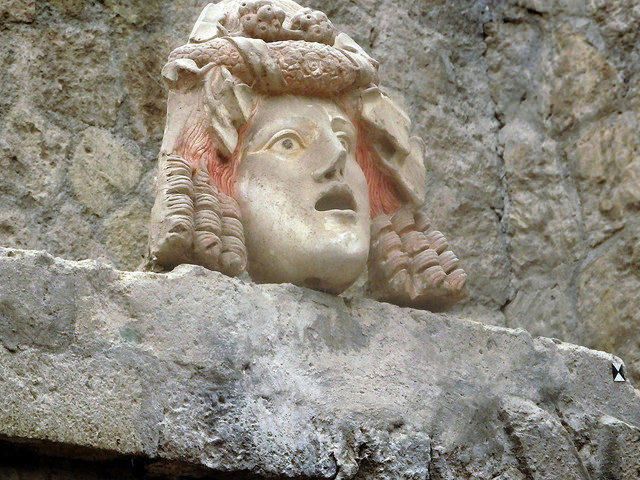
Soon after, the town came under Greek control and was used as a trading post because of its proximity to the Gulf of Naples. In the 4th century BC, the city again came under the control of the Samnites and remained under their dominion until it became a Roman municipium in 89 BC.
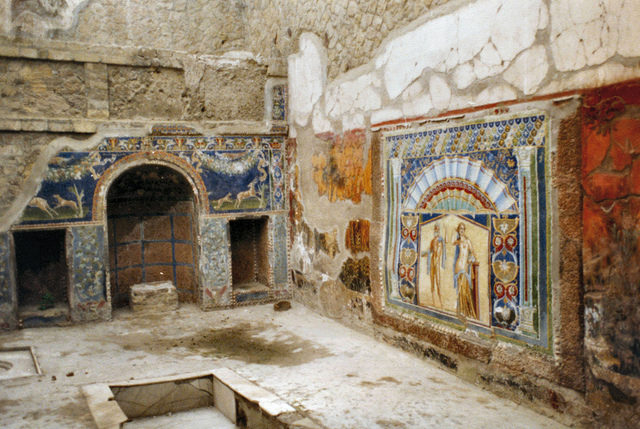
At around 1pm on the 24th of August, Vesuvius began spewing volcanic ash thousands of meters into the sky, and by the end of the day Herculaneum had been wiped off the map.
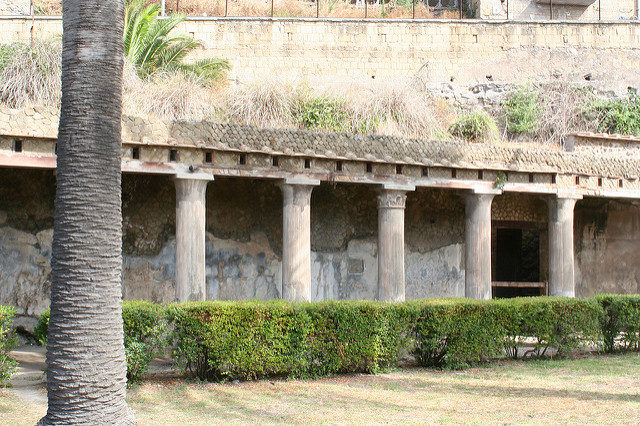
A large number of artifacts from Herculaneum are preserved in the Naples National Archeological Museum. In 2012, Herculaneum became a UNESCO World Heritage Site.
